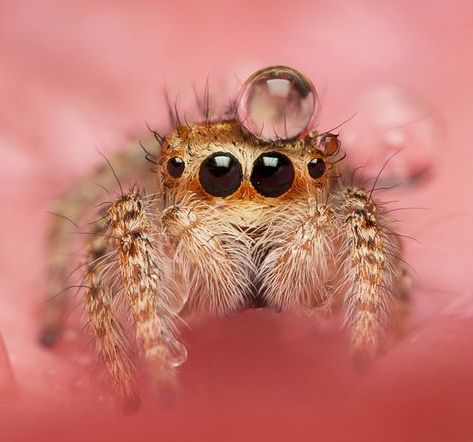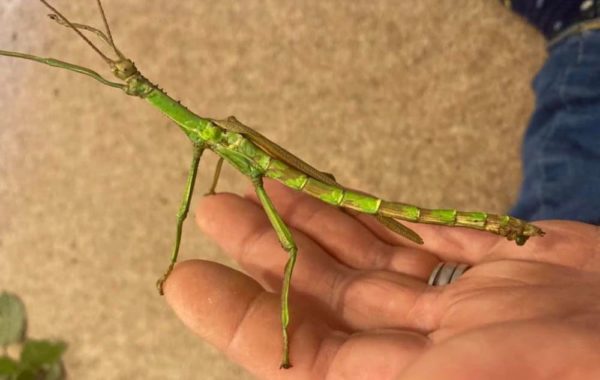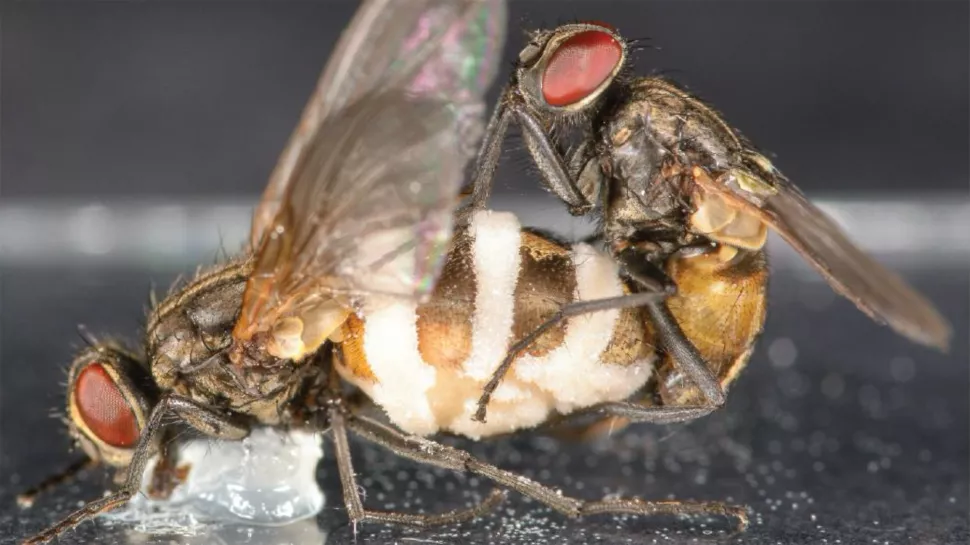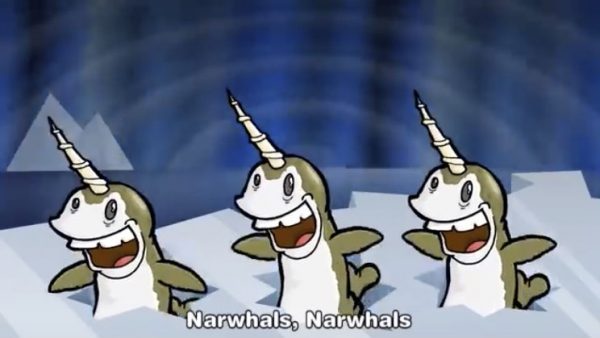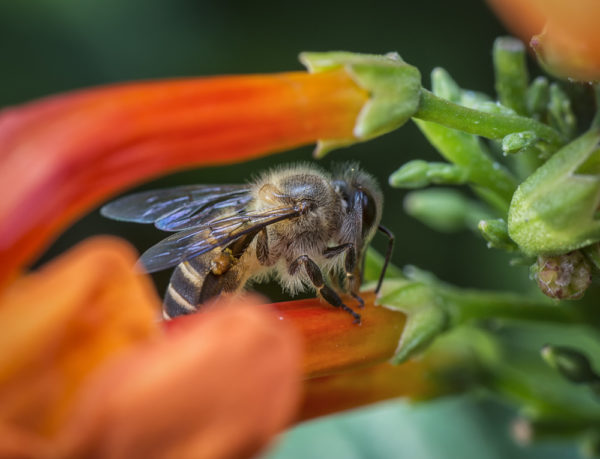U=(N/T)M*G: Pandora
Ah, climate change. A host of chaos in the near future because of it, no matter what we do now. Intensified storms, higher seawater levels, habitat destruction. Lots of stuff to keep us busy for years. We can throw one more middle finger on top of that pile. Ancient viruses. Yep. You read that right. Scientists are already pulling samples out of the increasingly warm Siberian permafrost, and quite a few of these viruses are still viable. No, there’s no need to panic, yet. It’s that yet which is the problem. First, these viruses are the super big ones and … Read more






